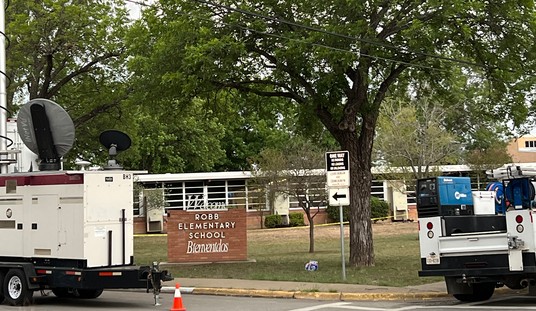As we wait for a firm answer to the booster question, an increasing amount of attention is being paid to the issue of waste and spoilage with America’s supply of vaccines. Exacerbating this situation are the ongoing demands that the United States share more of its vaccine supply with less-developed nations. And it’s not as if waste hasn’t been a legitimate issue. The CDC estimates that in the United States alone, more than 15 million doses have been wasted between March and August. There are a variety of reasons for this, but one contributing factor has been the larger vials with multiple doses in them that all three of the major pharmaceutical companies currently producing COVID vaccines have been shipping out. Johnson & Johnson ships five-dose vials, Pfizer’s contain six, and J&J has multiple sizes containing up to 15.
The main problem, particularly with Pfizer and Moderna, is that the storage requirements are so stringent that, once you open a vial and fill the first syringe, the clock is ticking. You have only a matter of hours to use them all. Any not used by the time the clock runs out must be discarded. With that in mind, some health industry analysts are suggesting it’s time to start shipping the vaccines in either single-dose vials or in pre-filled syringes. But not everyone in the industry agrees.
“Is now the time to rethink packaging? For the U.S. market, I think so,” said Prashant Yadav, a senior fellow at the Center for Global Development, a nonprofit think tank, who is an expert in health care supply chains.
Most vaccines in the United States are distributed in single-dose vials or prefilled syringes, but the Covid vaccines were distributed in multi-dose vials because of the need to manufacture them quickly in the early months of the country’s inoculation campaign.
While the multi-dose vials — up to 15 doses for Moderna, six for Pfizer-BioNTech and five for Johnson & Johnson — streamline production, they also make the Covid vaccine more vulnerable to waste. A review of state-level reports on discarded doses showed how this occurs.
Ten doses were wasted when the Indian Health Service received a broken Moderna vial in late January, for example. And in Barry County, Michigan, nine doses were wasted in May when workers opened a Moderna vial for one patient and couldn’t find other recipients.
There are other reasons for wasted doses to be sure. Some vials arrive broken, others are left out too long without the proper level of refrigeration. But increasingly, as the linked study points out, there just aren’t enough people showing up on a regular basis requesting shots. They cite many instances where workers crack open a vial, administer one or two shots, and then can’t find anyone else who wants one so they wind up throwing them away.
But switching over to single-dose vials or pre-filled syringes (which was going to happen eventually in any event) is neither quick nor cheap. The pharmaceutical companies don’t care about the cost since they’re not giving anything away for free. The government is covering the tab for all of this with your tax dollars. But developing new packaging takes time. And once the doses are being shipped that way, every cost associated with distribution goes up.
Further, in terms of shipping the doses to other countries, particularly those in underdeveloped nations, it doesn’t get any easier. That’s particularly true for Pfizer and Moderna, both of which have to be kept at frigid temperatures until they are ready for use. Single-dose vials will go bad just as quickly if there aren’t sufficiently refrigerated vehicles and storage facilities at the eventual distribution centers.
All things considered, since we’re going to have to make the switch eventually, it probably won’t hurt to start working on it now. But don’t expect this to be some sort of silver bullet that ends the issue of waste reduction or gets more third-world countries vaccinated at the levels the WHO is demanding. This is only one part of a significantly larger challenge. And we probably shouldn’t expect demand at home to start shooting up any faster than it has been. The people willing to get their shots have already gotten them and the demand for boosters may be even lower than it was for the original doses, given all of the conflicting headlines and stories we get from the government and various medical officials.
Just keep in mind that winter is coming. Everyone seems to be expecting a surge like we typically see with the flu. But unlike the flu, tons of people are catching and surviving COVID and coming away with their own antibodies. Don’t be shocked if the taboo subject of herd immunity comes up again, and it could happen in third-world countries as well, where they’ve had to slug it out without a vaccine.








